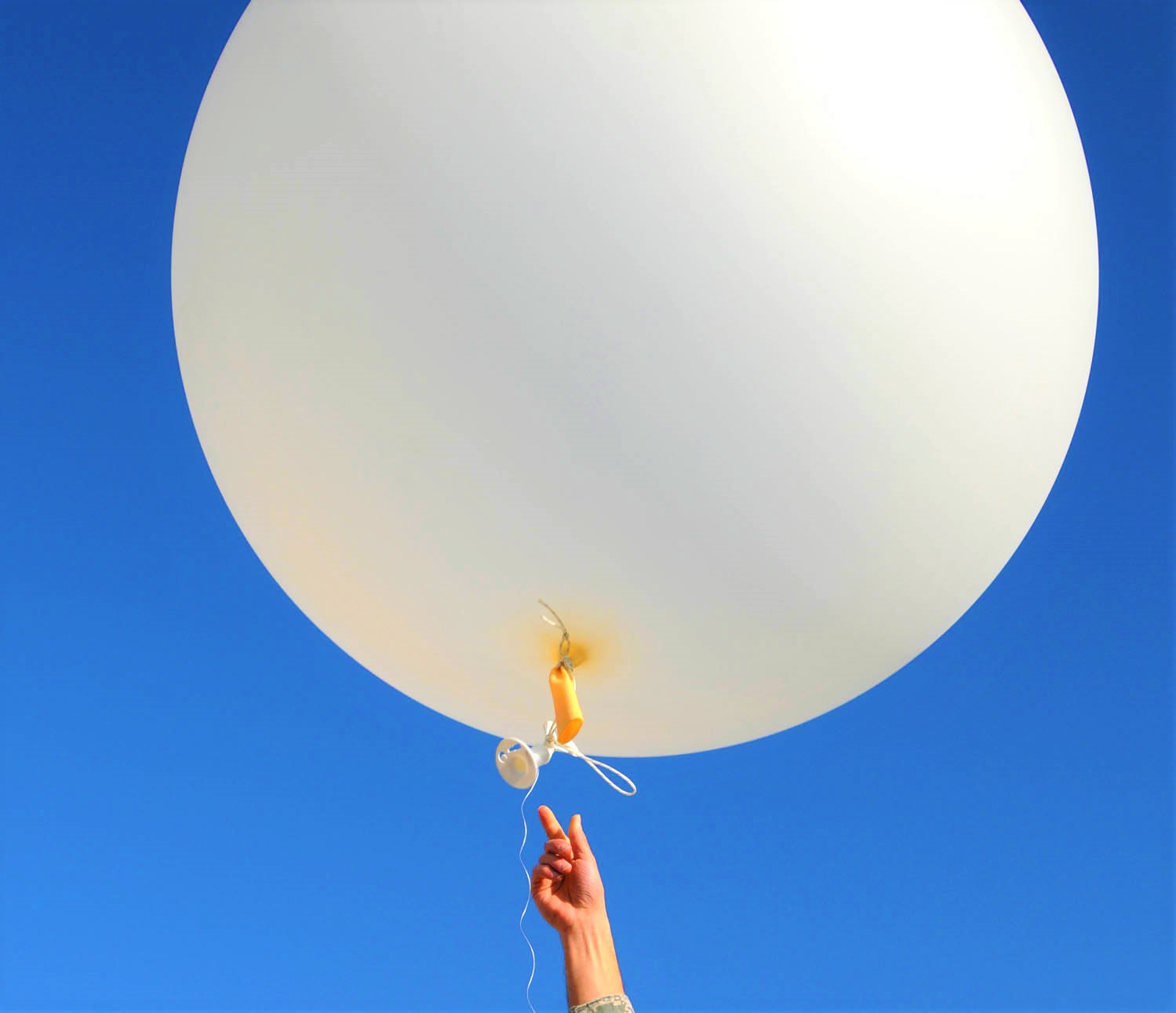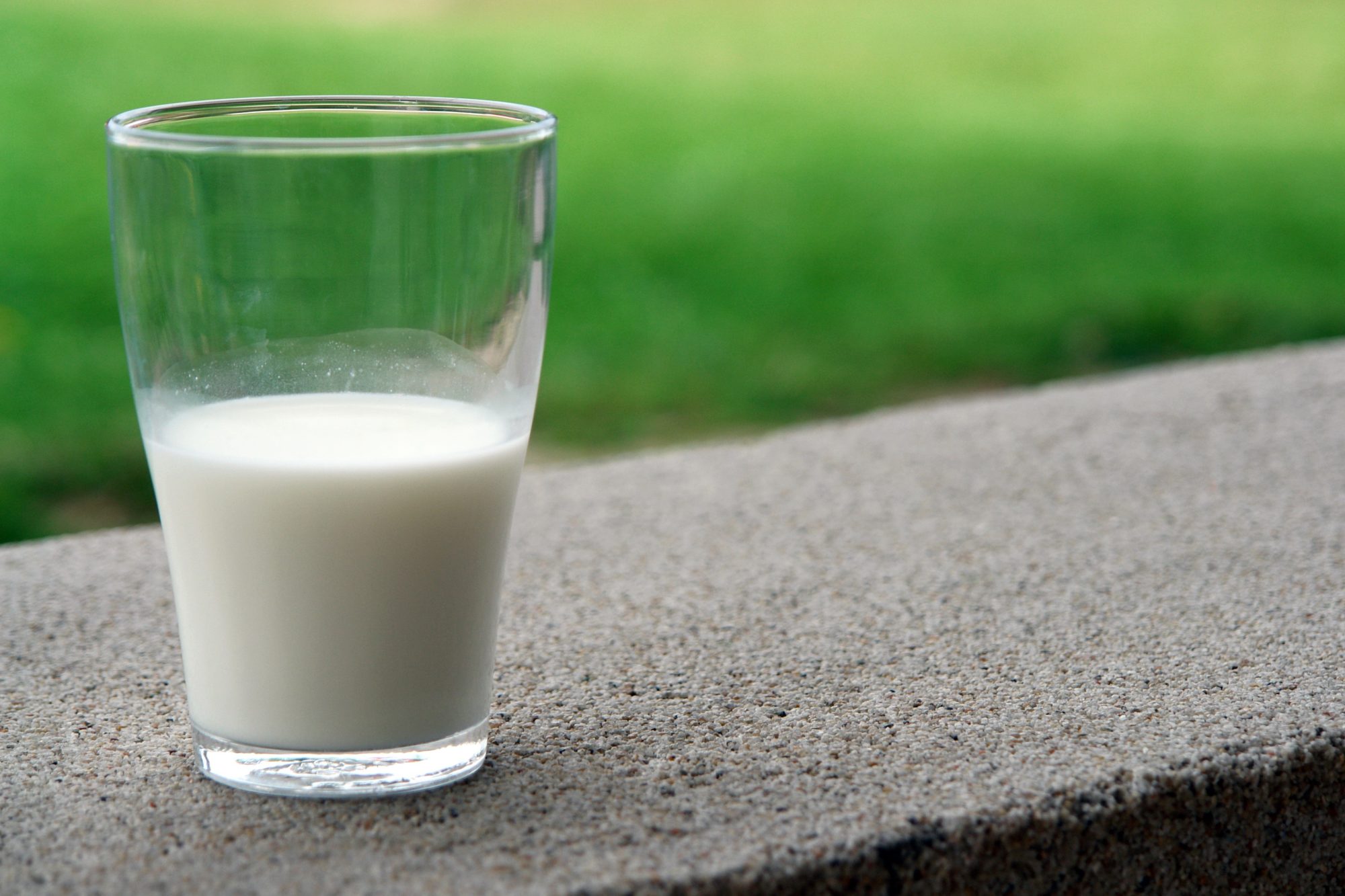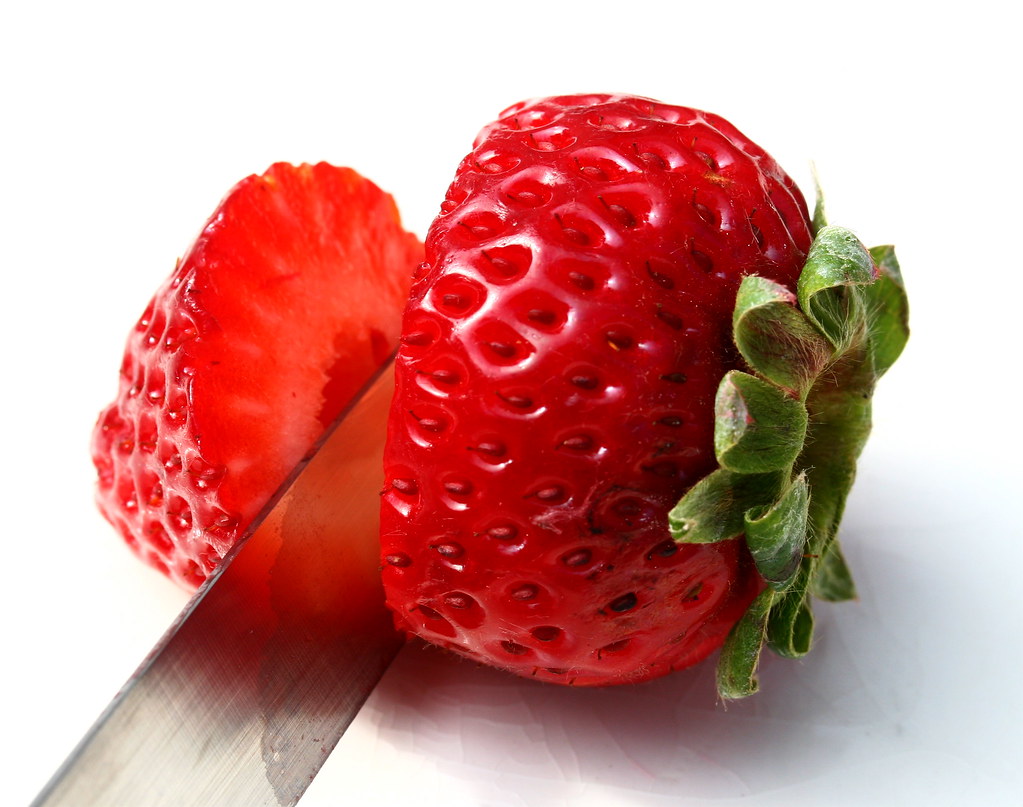Step 1
Fill six separate cups with equal amounts of water (about 200 mL each).
Step 2
Add two drops of yellow food colouring in one of the glass cups and mix the solution. Repeat this procedure with blue and red food colouring in separate cups (total of 3 glass cups).
Step 3
In the fourth cup, add one drop of red food colouring, and another drop of yellow food colouring. Mix the solution.
Step 4
In the fifth cup, add one drop of blue food colouring, and another drop of yellow food colouring. Mix the solution.
Step 5
In the sixth cup, add two drops of yellow food colouring. Mix the solution and mark this as the ‘CONTROL’.
Step 6
Add three drops of bleach to the coloured water in cups 1-5 and mix the water using a wooden stick. (Do NOT add bleach to the cup marked ‘CONTROL’.)
Step 7
Observe the colour changes.
Different coloured food colouring can be used. One can make use of different colours of food colouring which would still give a colourless solution on addition of bleach.
The glass cups can easily be replaced by see through plastic cups.
- An adult should handle the bleach. Wear nitrile gloves and avoid direct skin contact as this could result into severe skin burns. Also avoid contact with eyes as it can cause serious eye damage.
- Help keep our environment clean by reducing waste, reusing materials, and recycling whenever possible!
Imagine observing a football field filled with several football from above. You can see that each team within the field is forming a circle to represent the dye structure. All of a sudden it started to rain (representing the bleach) and some of the players forming the circle structure started leaving to seek shelter. As it continued to rain, more teams broke the circle and left the field.
You have obviously seen a christmas tree and undoubtedly you observed that it has colourful christmas lights.
Now, lets imagine that we have our own christmas light made up of the three main colours, blue, red and yellow. However, there is something special with our Christmas light. The thickness of the glass making up the bulbs is different according to the colour. That is, the yellow bulbs are made up of very thin glass, the red bulbs have a slightly thicker glass and the blue bulbs are made up of the thickest glass. We left the Christmas tree with our special light outside. All of a sudden it started to hail, hitting the bulbs. The yellow bulbs, having the thinnest glass broke first, followed by the red coloured bulbs. The Christmas lights left were mainly blue, but with further hail, even the blue bulbs got broken. This left the Christmas tree without any coloured light. The left the Christmas tree without any lights just as the water was left without any colours on addition of bleach.
On addition of bleach, the different coloured solutions take different amount of time to become colourless. Why?
Different dyes have particular molecular structures that react differently with bleach.
What happens if more bleach is added?
The solutions turn colourless in a shorter time.
Why is it that addition of bleach causes fading instead of immediate loss of colour?
The numerous dye structures making up the colour of the solution are broken down gradually and not all at once.
Knowing that brown is made up of red, yellow, and blue which colour do you expect to remain after the addition of bleach?
Colour changes observed are brown to purple to blue.
What would you expect to happen if some bleach droplets end up on your clothes?
White stains would form as the dye of the clothes is broken down causing discoloration.
Bleach is a common household colourless liquid that is an excellent cleaning agent. It is often used to whiten clothing, to remove stains, and as a sanitizer for the bathroom.
There are different types of bleach. The most common type of bleach consists of a solution of sodium hypochlorite which gives it oxidising abilities (It is the hypochlorite anion that give the bleach its oxidising property.) Oxidising bleaches, oxidise the organic dye or pigment, that is providing the solution with colour, by breaking its chemical bonds.
Mainly, a chemical change occurs in the structure of the chromophore of the organic substance, preventing it from absorbing any visible light. This results for the amount of dye molecules producing the colour of the solution to decrease. Consequently, one first observes fading of the colour until eventually, all of the dye structures are broken down, resulting in a completely colourless solution. An important observation is that different colours require different quantities of bleach to lose colour. An indication that different dyes have different structures that react at a different rate with bleach. In fact, an orange solution initially turns into a red colour as all the yellow dye s oxidised first.
Different types of bleach consist of different components. For example, chlorine bleach usually contains sodium hypochlorite, whilst oxygen bleach contains hydrogen peroxide. The majority of the bleach are oxidizing agents, however, bleach can also consist of components with reducing properties instead. In this experiment, one makes use of a chlorine bleach, thus, with oxidizing properties. In such a case, the bleach breaks down the chemical bonds of the chromophore of the dye molecule.
The chromophore is that part of the dye molecule which is responsible for absorbing wavelength in the visible light region, resulting for the molecule to depict colour; but what exactly is colour?
The colours we are able to detect by the human eye are part of the visible light. The visible spectrum of light include Red, Orange, Yellow, Green, Blue, Indigo and Violet or as commonly abbreviated as ROYGBIV. Every colour has a particular wavelength that the chromophore absorbs and the remaining reflected colours are observed. Depending on the structure of the chromophore molecule, some wavelengths (colours) are absorbed more strongly. Example if a substance has a red colour, then it means that red wavelength is reflected (not absorbed) while all the other colours are absorbed.
Red, Yellow and Blue are the three colours that do not change into a different colour on addition of bleach (unlike green, orange and purple). To simplify matters, it can be stated that red, yellow and blue are considered as primary colours, since such colours cannot be created through mixing of other colours. To explore further in this topic read the following article.
An oxidising bleach removes electrons from the chromophore, resulting in an alteration in the chemical structure of the chromophore. As a result, the dye molecule either contains a chromophore that absorbs outside the visible spectrum range or it no longer contains a chromophore. For that reason, the colour is no longer observed.
The colour change observed is not an immediate one but rather a relatively slow process where the solution first fades and then turns colourless. This occurs because the dye molecules are scattered through the volume of water, and bleach does not react with all the dye molecules at once. The intensity of the colour decreases as the amount of molecules that have reacted with bleach increase. Hence, the molecules absorbing light decrease. It is important to understand that this happens not because the molecules themselves are fading.
Finally, the other type of bleach, which was not used in this experiment, are reducing bleaches. Reducing bleach acts by reducing the double bond of the dye molecule to single bonds. Again, the molecules will no longer be able to absorb visible light resulting in a colourless solution.
Application
Though bleach might be considered as something hazardous and to be used with caution, it has multiple applications. Bleach is used as a herbicide to effectively kill harmful plants if their growth can interfere with the growth of the desired plants. It can also be used as a pesticide or insect repellent to eradicate undesired pests.
It is also a very common household cleaning agent to disinfect as it is able to kill a wide range of bacteria and other microbes.
Bleach is also useful in industry for paper bleaching. Paper bleaching is the chemical process whereby wood pulp is treated in order to whiten the colour of the pulp. It is most commonly used to produce paper. Previously, chlorine based bleaching was used but nowadays there is a shift to chlorine free bleaching to minimise harm to the environment.
Research
Research on mice has discovered that skin damage can be impeded by dilute bleach solution. The research is considering clinical trials in humans so as to provide a safe and inexpensive way to treating wound healing.
- Add more bleach to the orange and the green dye and observe what occurs. Which of the two had a faster rate of fading? Why do you think there is this difference?
- Prepare a violet dye by mixing together one drop of red and one drop of blue food colouring. Add water to the dyes to prepare the violet solution. Add bleach to the solution and swirl whilst observing the colour changes.
- Fill two cups and fill one with cold water and the other one with an equal volume of warm water (add about 200 mL of water). Add three drops of blue food colouring in each and mix to have a blue solution. Now add dropwise equal quantities of bleach to each cup. What is occurring different in the two cups?









